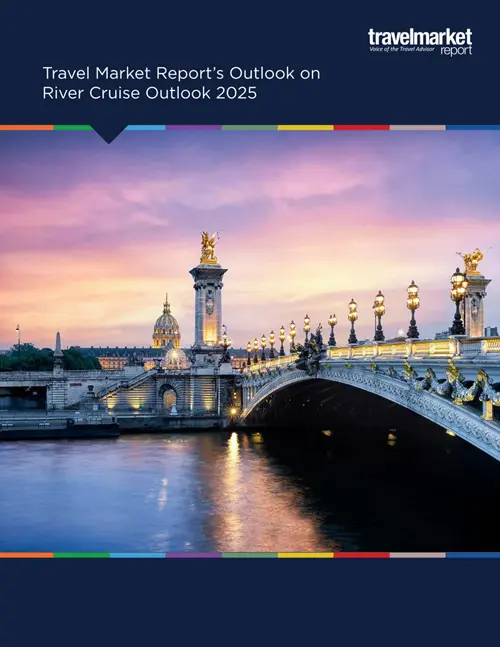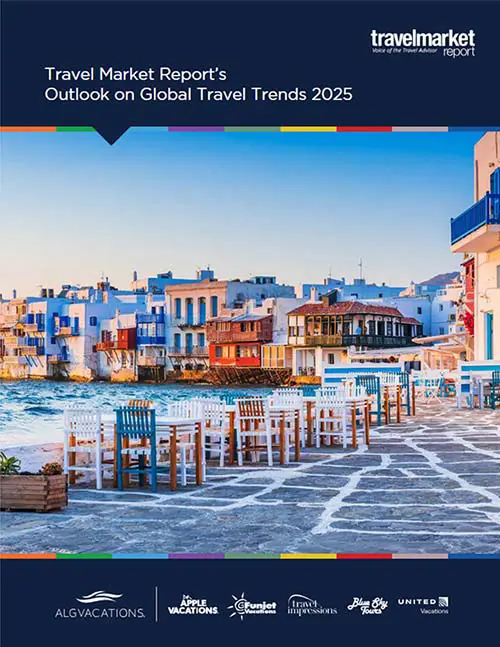The Great Comeback: Incentive Travel Rebounds
by Robin AmsterAfter what many in the field consider the worst recession in memory, incentive travel is back, with both incentive companies and industry groups noting a marked increase in business for 2011.
Not surprisingly, the industry that is rebounding is different from the one that saw wholesale cancellations a few years ago. The recent dismal economy plus an image problem — triggered by American International Group’s (AIG) lavish 2008 trip in the wake of its government bailout — have combined to change some elements of incentive travel programs as well as the way incentive travel sellers do business.
 |
“With many programs coming back, people are talking about tighter budgets,” said Jim Dittman, president of New Brunswick, N.J.-based Dittman Incentive Marketing. “My great concern during the course of this recession is that we may have recalibrated the standard down and that will be truly unfortunate because it undermines the foundation of what incentive travel is.”
Still, many sellers believe that changes tied to tighter budgets — including shorter trips, fewer participants, less luxurious properties, and the use of U.S. destinations in place of off-shore sites — will prove to be temporary as the economy improves.
Other changes, they say, are here to stay.
These include a much greater focus on making the business case for incentive travel, an intense scrutiny of the financials, the inclusion in programs of business meetings and CSR (corporate social responsibility) activities, and the use of social media for communication and promotion.
Permanent and positive
Many view these permanent changes as positive. And they see another silver lining in the cloud of the last few years: The absence of incentive programs made visible the real value of incentive travel.
“The recent recession was the most dramatic in 25 years and one in which the effects were most immediate; business turned off like a faucet,” said Steve O’Malley, senior vice president of Fenton, Mo.-based Maritz Travel and president of the SITE (Society of Incentive Travel Executives) International Foundation. “There was a reluctance to invest in anything, much less things that people were hesitant to use because of the villification of incentive travel in 2007 and 2008.
“Now, with the engagement of employees and channel partners at an all time low, companies recognize the power of incentive travel as a meaningful reward,” he said. “There’s a bit of pent-up demand with people having taken a break for so long.”
The “AIG effect” is also fading, according to Dittman. “The industry has finally done a good job of explaining the jobs we create and the contribution we make to the economy,” he said.
Rebound underway
At Maritz, O’Malley expects incentive business to climb by 32% this year over 2010. Industry-wide, a SITE International Foundation survey last fall found 62% of respondents expect incentive travel to increase in the next six to 12 months, with 84% predicting major improvement in one to three years.
Other industry groups also see a rebound. A poll last fall by the Incentive Travel Council, an arm of the Incentive Marketing Association, said 66% of respondents expected business to increase this year. And in an Incentive Research Foundation (IRF) fall 2010 Pulse Survey, 44% of respondents reported a hike in incentive travel budgets for 2011.
In the IRF survey, 40% of respondents also anticipated reducing the length of incentive trips, 32% said there would be fewer program participants, and 26% noted a decrease in on-site inclusions.
Length and budget variations
 |
It’s difficult to generalize, however, about incentive trip elements. Vicki Kern, vice president of planning at Irvine, Calif.-based JNR, said her company is seeing smaller groups but not shorter trips.
“Smaller groups mean smaller budgets but you can have the same per person expenditures because of a company’s desire to have an impact on those traveling,” she said. “You can make more of an impact with fewer participants.”
Kern said JNR’s business is up 25% over this time last year. “It seemed like once the clock hit January 1, 2011, everyone decided to do incentive travel again.”
 |
Atlanta-based Meeting Expectation’s president Brian Meyer said incentive travel programs were generally shorter last year. But this year companies are adding nights and returning to off-shore venues. His company had about eight new programs in the first quarter of 2010 compared to 35 to 40 leads for new business in the first quarter of 2011.
“They may not all come through but it’s indicative of what we’re seeing,” Meyer said. “Still, companies are cautious. They’re not doing things as lavishly as they did in 2007.”
Intense bottom-line scrutiny
What virtually all companies are doing is subjecting the bottom line to greater scrutiny. Along with that, they’re shifting decisions on programs to the C-suite. Consequently, sellers are recognizing the importance of formulating comprehensive business plans for programs instead of designing trips in a vacuum.
“Incentive travel has been the piñata of the financial suite,” said Jeff Broudy, executive vice president and chief operating office of United Incentives in Philadelphia. “All incentives were hit, but group travel was hit hard because it was very visible and more expensive and it also suffered a public relations backlash.”
United this year has a significant increase in RFPs, all of them with “a tremendous focus on price,” Broudy said. “The decision for most programs is now going to the highest management level in the company, from director or vice president to the president or CEO.”
Must do: make the business case
 |
At Marquee Incentives in Courtenay, British Columbia, “We create the business case, with best-case, worst-case and most-likely financial statement impacts first,” said Carol Wain, company president and president of the Incentive Travel Council.
“Then, and only then, do we consider how we’ll recognize and reward desired behavior,” Wain said. “Incentive travel providers that are still just selling a product can expect to be beaten down in price because they haven’t added the value that is needed to justify the program in the first place.”
 |
“The business case has become part of your overall sales and marketing plan,” said Mary MacGregor, vice president of account development at Chicago-based BCD Meetings & Incentives and president of SITE Global. “It’s always been a component, but given the heightened sensitivity and the scrutiny of the past few years, it’s a critical element now.”
If fact-based business plans with a company-wide focus address the incentive program’s bottom line, other new developments are intangible but no less significant.
New trends in programming, promotion
According to the SITE International Foundation fall survey, a trend toward including business meetings in incentive trips will grow over the next three years. Another SITE Foundation survey, from February, said including CSR activities is also a growing trend.
Incentive sellers noted that business meetings and CSR activities reflect a post-recession environment and help dispel incentive travel’s past bad reputation. “Companies are under scrutiny from shareholders and the media; putting a business spin on an incentive helps,” said Meeting Expectations’ Meyer.
Communicating all program features remains critical but how incentive planners do that has changed.
“Speaking to the influence of social networks, the way we do business is changing dramatically,” said Marquee’s Wain. “Incentive providers need to go where their customers and potential customers are and that means blog posts, YouTube channels, Facebook, LinkedIn, and Twitter among others. The new marketing is all about 90% of posts being helpful and 10% being promotional.”
BCD’s MacGregor said the new technology is changing promotional materials. “You no longer send a beautiful printed brochure to homes to entice employees with an incentive trip. It’s now a flash email with YouTube video links and tweets throughout the year.”
Whatever a program’s features, they must “closely align with a company’s brand,” MacGregor added. “Once in a lifetime experiences are the whole point of incentive travel. I don’t see that going away, but it’s being done with a heightened level of thoughtfulness on how it blends with a company’s budget, brand and image.”



















